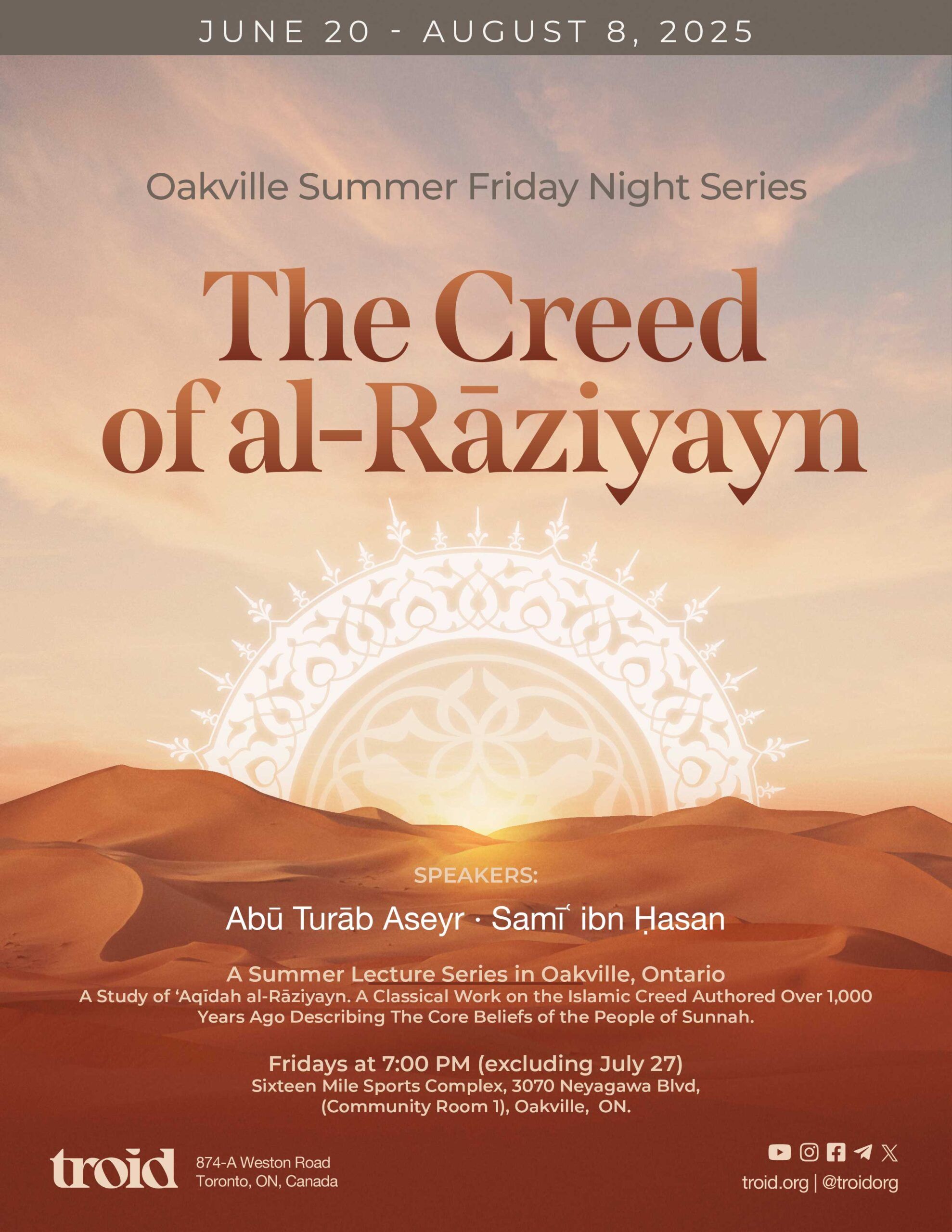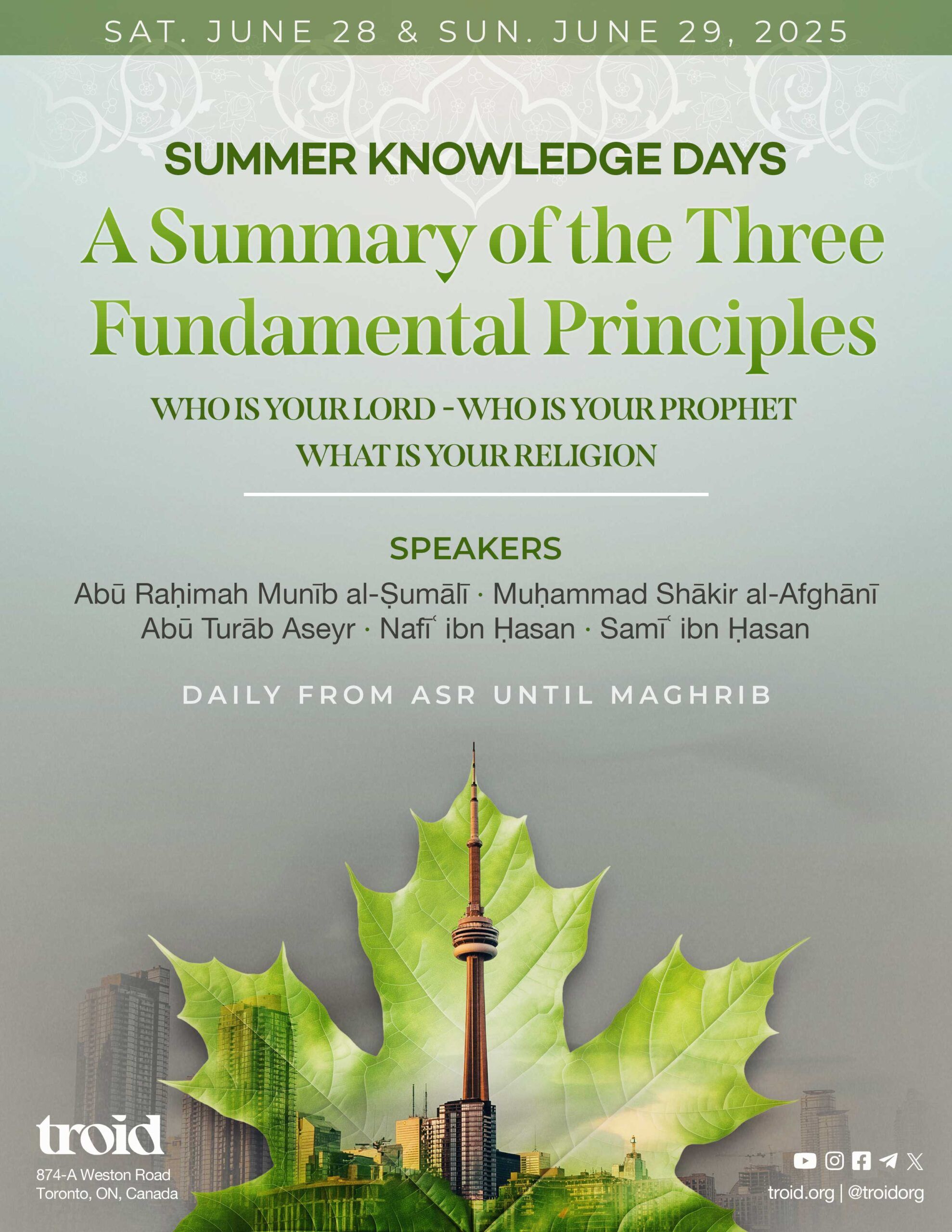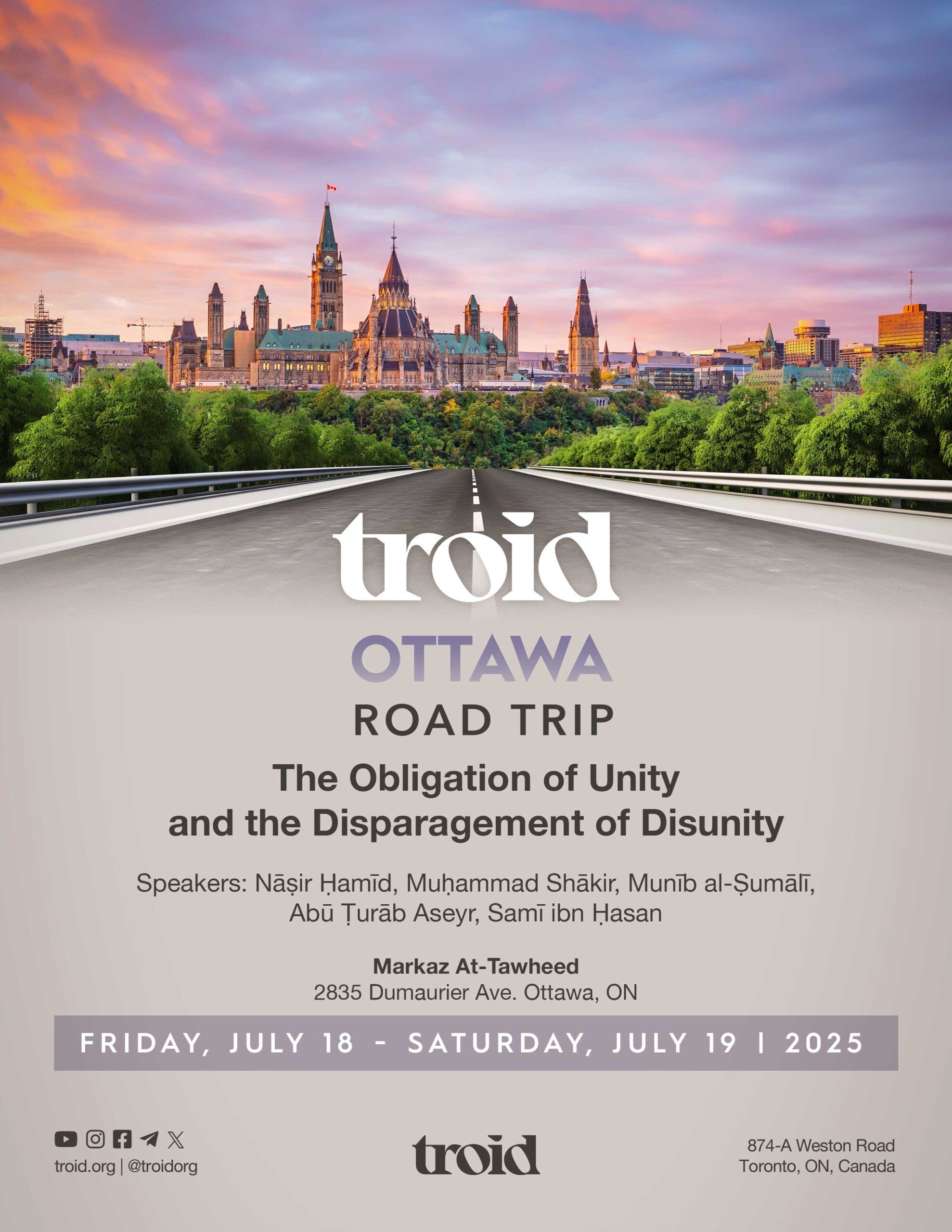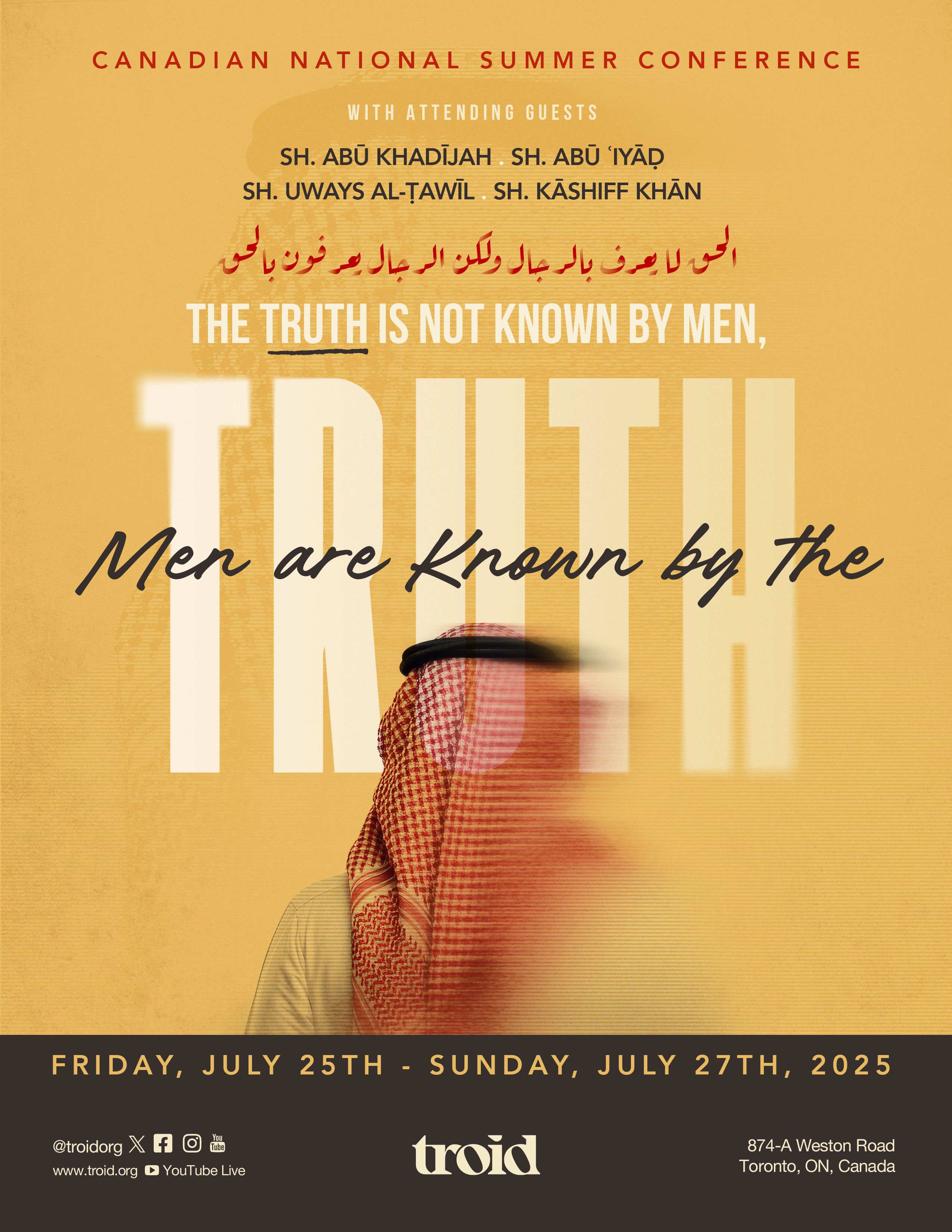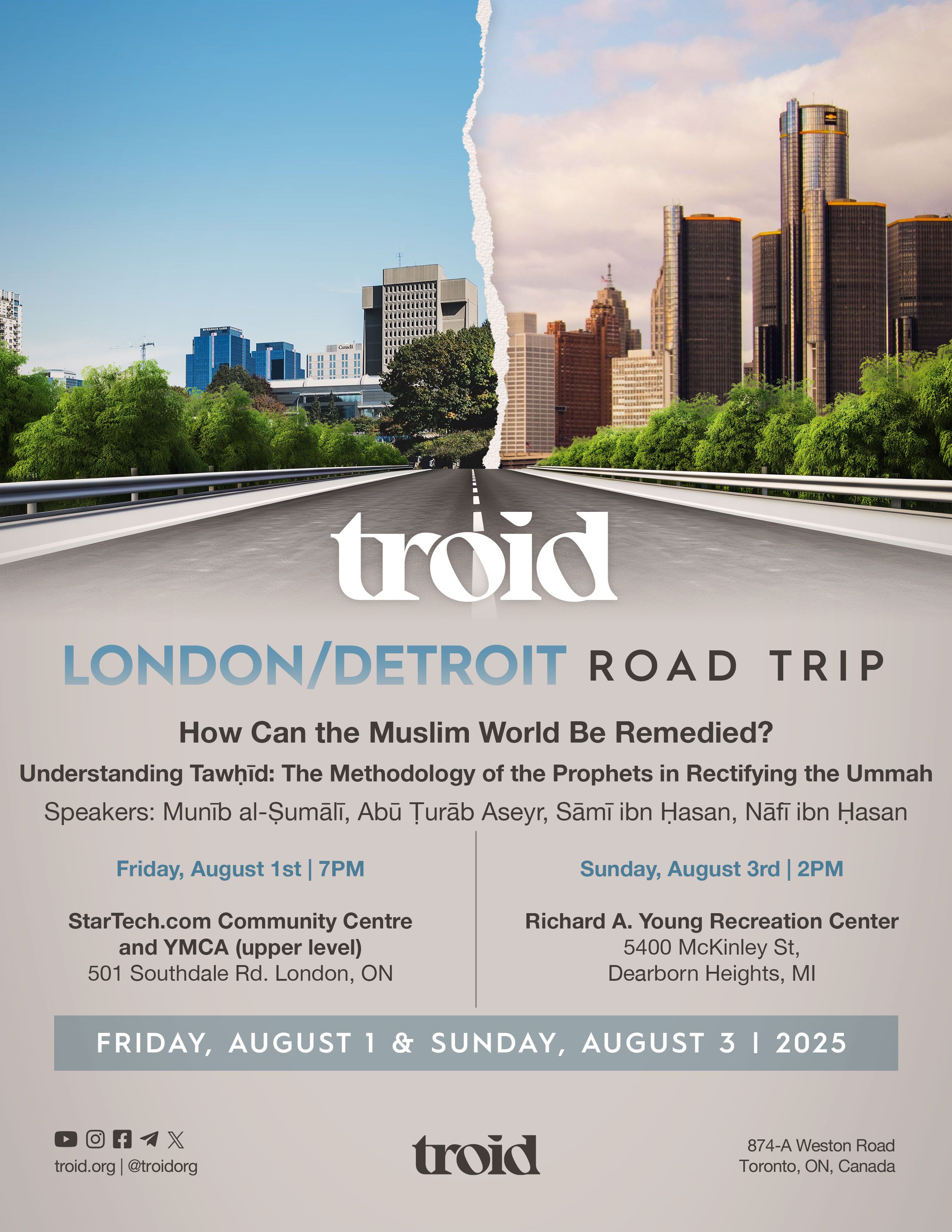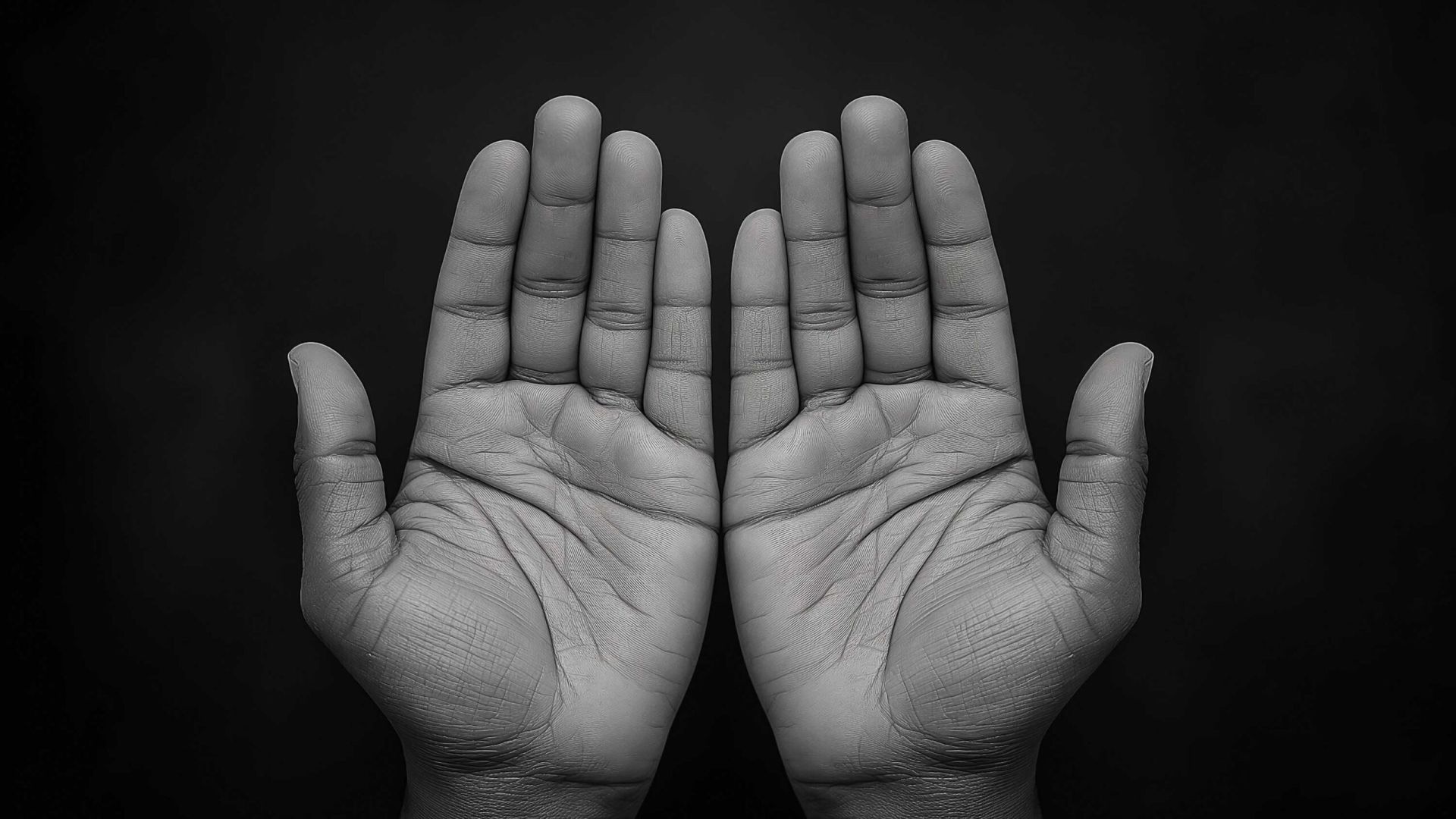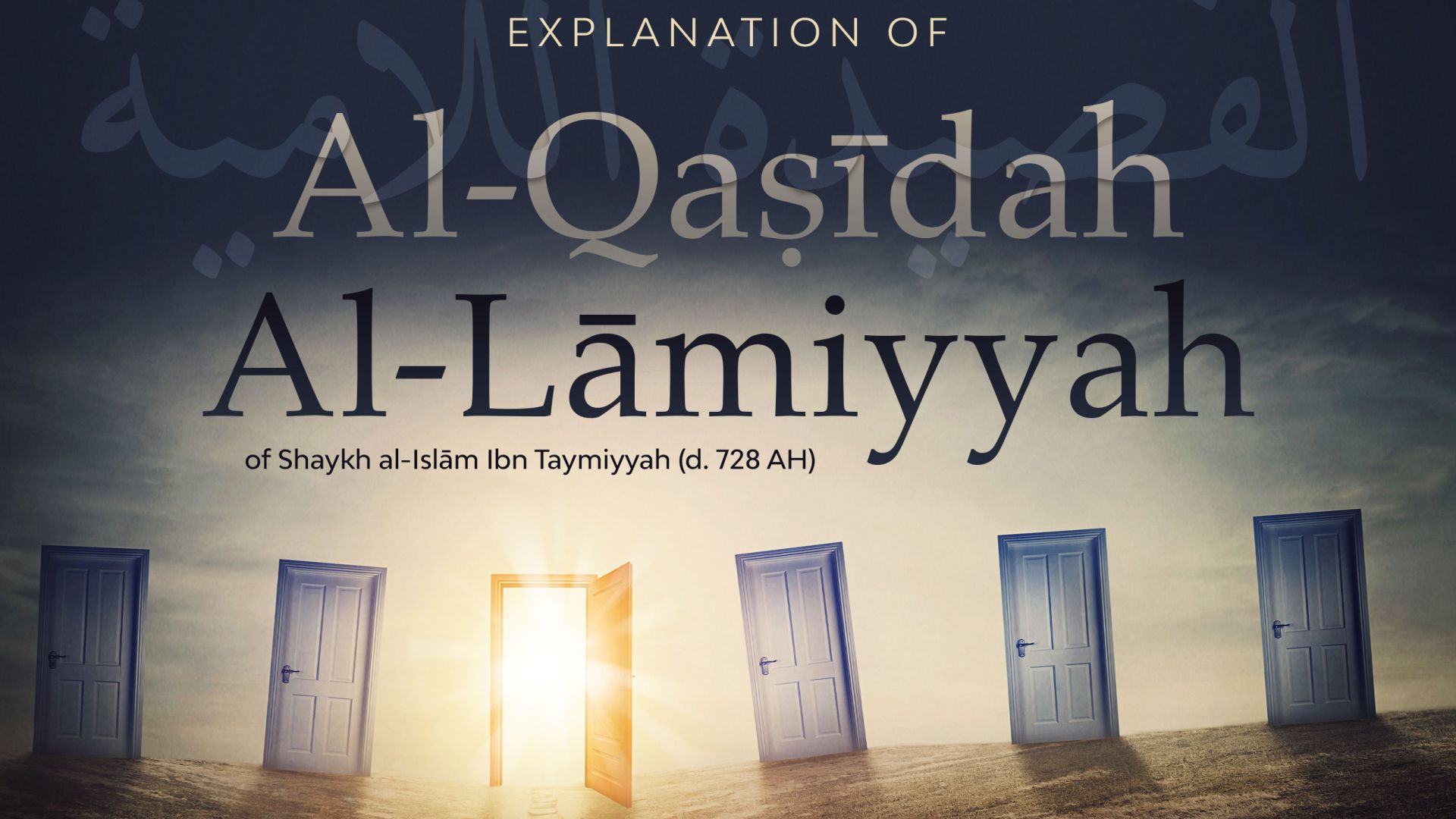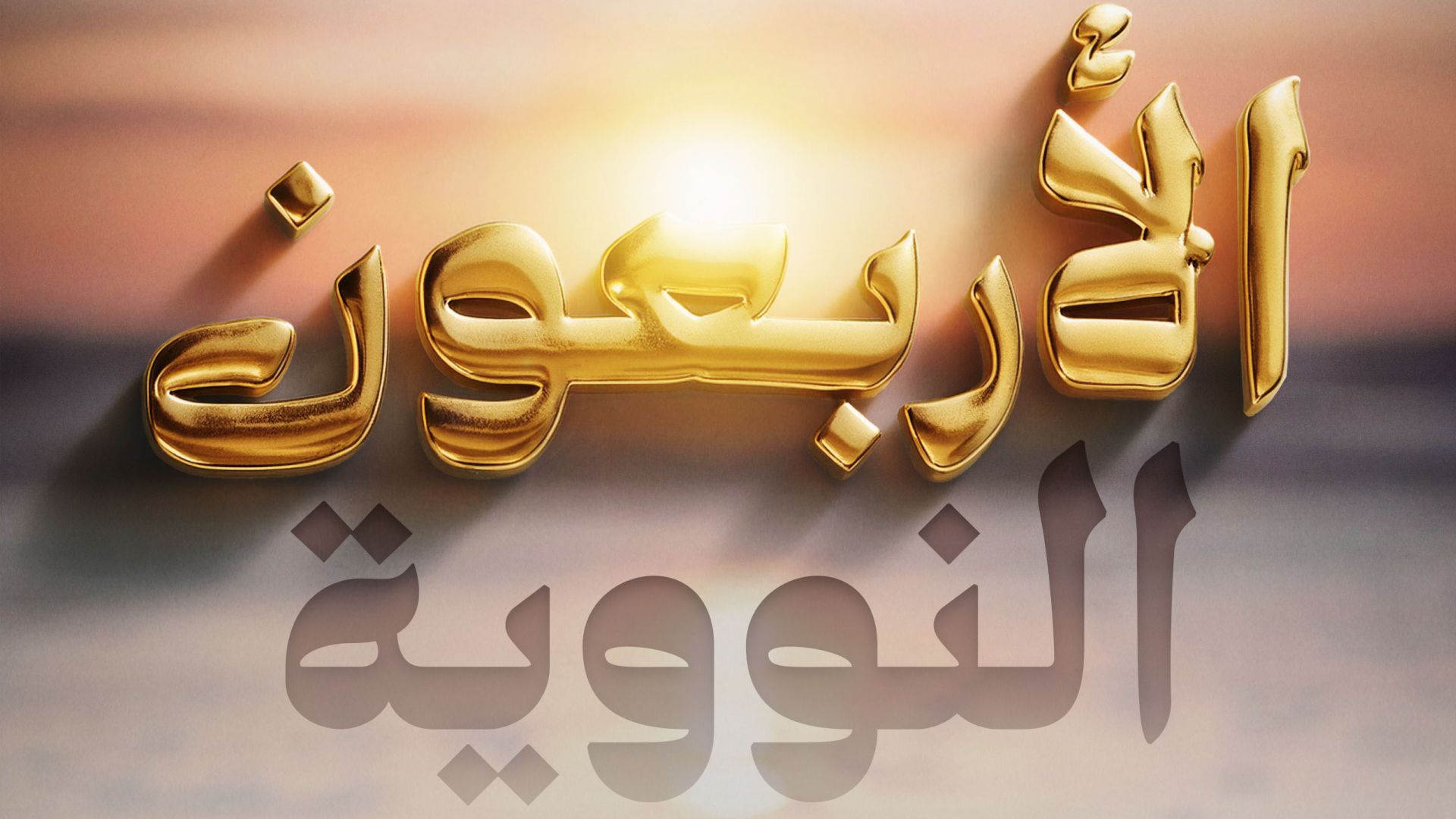Wrestling Is from the Sunnah
Imām Ibn al-Qayyim


Our Salaf recognized wrestling as a means of strengthening the body, involving skillful grappling movements, in an attempt to put one’s opponent on the floor.
1. His Wrestling ﷺ
And as for his (ﷺ) wrestling, in the Sunan of Abū Dāwūd, upon the authority of Muḥammad Ibn ʿAlī Ibn Rukānah, who said, “Verily Rukānah wrestled the Prophet (ﷺ), and the Prophet (ﷺ) took him down.” 2 And this ḥadīth has a story surrounding it that we will now mention. Our Shaykh, Abū al-Ḥajjaaj, al-Ḥāfiẓ in his book Tahdheebul-Kāmilmentions:
‘‘Rukānah Ibn ’Abd-Yazīd al-Qurayshī 3 was from those who accepted Islām upon the conquering of Makkah. And he was the one who wrestled the Prophet (ﷺ), and the Prophet (ﷺ) took him down twice or three times. That was before he accepted Islām. It is said that this was without a doubt the reason he accepted Islām. This ḥadīth is the most firmly established report of the Prophet’s (ﷺ) wrestling, however, as for what has been mentioned about the Prophet(ﷺ) wrestling Abū Jahl, that is baseless.’’ 4
Az-Zubayr Ibn Bukkār said in his book an-Nasab, ‘‘Rukānah Ibn ’Abd-Yazīd was the one who wrestled the Prophet(ﷺ) in Makkah before he embraced Islām. He was from the strongest and harshest of the people. He said, “If you can take me down, I will believe in you.” So the Prophet (ﷺ) wrestled him and took him down. He then proclaimed, “I testify that you are a magician!” Later he accepted Islām. 5
11. Chapter: Wrestling With Something At Stake Or Without: 6
As for wrestling, then it is permissible with nothing at stake. 7 However, if there is something at stake, then the majority of the scholars prohibited it, like Mālik, 8 Aḥmad, 9 and al-Shāfiʿī. 10 Some Shaafiʿī scholars allowed it with something at stake, 11 and this position is also found among the Hanafī scholars as well. 12
111. Important Points To Keep In Mind Regarding Wrestling: 13
[1]: There is a slight difference in what was known to the Salaf as wrestling and what we know see in our times. Regarding this, Shaykh al-Mutee’ee said,
‘‘Our Salaf recognized wrestling as a means of strengthening the body, involving skillful grappling movements, in an attempt to put one’s opponent on the floor. Wrestling in our times has many forms: freestyle, Roman, Japanese, etc. Every style still holds to the principle of skillfully grappling the opponent and forcing him down, keeping him from regaining his stance.’’ 14
[2]: The wrestlers must cover their ʿawrahs (private areas) properly and not expose them. It is a condition for the wrestler’s participation that he must properly cover his ʿawrah, the area between his navel and his knees. This is something the Sharīʿah specified. So the wrestlers of this time that dress in clothes that do not cover their ʿawrahs modestly, this is surely from the evil, prohibited affairs.
[3]: The Muslims’ participation in wrestling must not exceed the Sharīʿah goal in allowing such activities.
[4]: Injuries and physical harm must not be a common part of the wrestlers’ participation. Regarding this, al-’Allāmah ad-Dardeer said, ‘‘The correctness of the intent makes it permissible by the Sharīʿah, so if the intention is not correct, then it must be considered falsehood and idle playing, the kind of activity the people of disobedience indulge in constantly. If it is like that, then it is surely not permissible. Especially when many times it involves injuries that are a direct result from blows suffered during participation in the sport or other than that.’’ The evidences for the prohibition of physical harm are many and well known. As for the evidence regarding the correctness of the intent, we now look to the ḥadīth, “Every activity that does not contain the remembrance of Allāh is falsehood and heedlessness, except four things: A man walking between two purposeful goals, grooming his horse, playing with his family, or learning to swim.” 15 In this ḥadīth we see a clear dispraise of all types of idle talk and play, and then the Prophet (ﷺ) exempted four things from this warning. And if you contemplated these exceptions, you would find that each one assists you in fulfilling an obligation. As for the rest of the idle activities that the people indulge in from the many different forms of games, those that do not assist them in fulfilling any duties, then they are dangers to be warned against. 16
[5]: The women are wrestling these days. No doubt, this cannot be accomplished except by their ʿawrahs (private areas) being exposed, so therefore they must be prohibited from it. Watching women wrestle is also prohibited.
[6]: Some people are pitting themselves against animals in wrestling matches, like bulls for example, as is prevalent in Spain these days. Know that wrestling is encouraged between men due to its helpfulness in strengthening the body in preparation for Jihād in Allāh’s Way. It is a severe deviation to try to include animals in this sphere, causing them harm, clearly contraḍīcting the Sharīʿah principle of kindness to animals.
Endnotes:
- This is a translation of al-Furoosiyyah (p. 86). All endnotes are from Shaykh Mashhoor Ḥasan Salmān’s comments unless otherwise noted.
- It is found in the Sunan of Abū Dāwūd (4/341), al-Tirmidhī (4/247), al-Bukhārī in at-Taareekhul-Kabeer (1/82,221), al-Ḥākim in al-Mustadrak (3/452), Ibn Qaani’ in his Mu’jam, as found in Tuhfatul-Ashraaf (3/174). At-Tirmidhī said, “A strange ḥadīth, its chain is not firm. We do not know anything about Abū al-Ḥasan al-’Asqʿalánee, nor Ibn Rukānah.” And Ibn Hibbān said, “It is said that he wrestled the Prophet (ﷺ), but its chain has some controversy,” ath-Thiqaat (3/130). I say, the ḥadīth has a witness that raises it to the level of ḥasan (authentic, with a minor imperfection). Translator’s note: And this is the conclusion of Imām al-Albānī also, who mentioned an authentic mursal narration by al-Bayḥaqī (10/18) as the witnessing chain. Refer to Irwāʾ al-Ghalīl (no. 1503).
- His full name was Rukānah Ibn ’Abd-Yazīd Ibn Hāshim Ibn al-Mutallib Ibn ’Abd-Manaaf Ibn Qusay Ibn Kʿaláb Ibn Murrah Ibn Ka’b Ibn Lu’ee Ibn Ghaalib al-Qurasyhee al-Mutallabee.
- Ibn Ḥajar said, “As for what has been reported about the Prophet (ﷺ) wrestling Abū Jahl, there is no basis for that. The ḥadīth of Rukānah is the most reliable of what has been related regarding the Prophet’s (ﷺ) wrestling.” Refer to at-Talkheesul-Habeer (4/163).
- A similar report is found in al-Bayḥaqī’s Dʿalá‘ilun-Nubuwwah (6/250) by way of Ibn Ishāq, who narrated from his father. The report is mursal.
- al-Furoosiyyah(p. 106)
- The proof for that is what has been presented in the previous section. Some of the scholars of Fiqh (jurisprudence) have mentioned the legislation of wrestling in the Religion, as well as the different kinds of sports that benefit and strengthen the body in preparation for jihād in Allāh’s Way. For examples, look to al-Tamhīd (14/88), al-Mughnī (8/666), Tabyeenul-Haqaa‘iq (6/227), al-Fatāwá al-Hindiyyah (6/445), Mughnil-Muhtaaj (4/312), al-Umm (4/148), and Hashiyatud-Daswaqee(2/210).
- Refer to al-Tamhīd (14/88) and Haashiyatud-Daswaqee(2/210).
- Refer to Majmūʿ al-Fatāwá (32/227), al-Mughnī (8/667-8), and al-Insaaf(6/90).
- Refer to al-Umm (4/148), al-Muhadhdhib (1/414), and Mughnil-Muhtaaj(4/312).
- The Shaafiʿī scholars were known to allow it. See Rawdatut-Ṭālibeen (10/351) and al-Muhadhdhib (1/414).
- Refer to Haashiyah Ibn ʿĀbidīn (6/403). However, some of the Hanafī scholars prohibited it. For examples, refer to al-Bahrur-Rā‘iq (8/554), Tabyeenul-Haqaa‘iq (6/227), and al-Fatāwá al-Hindiyyah (6/445).
- Translator’s note: This was originally a long footnote from the last section, found on (p. 106-108) of al-Furoosiyyah.
- Takmilatul-Majmūʿ(15/141)
- An authentic (ṣaḥīḥ) ḥadīth found, with varying but similar wordings, related by Aḥmad (4/144,146,148,222), Abū Dāwūd (3/13), Ibn Mājah (2/940), al-Dārimī (2/204-205), al-Ḥākim (2/95), al-Bayḥaqī (10/13,14,218), and many others.
- Refer to Sharḥ al-Sunnah (10/383) and Tahdheeb Sunan Abī Dāwūd (3/371).
- Refer to Sharḥ al-Sunnah (10/383) and Tahdheeb Sunan Abī Dāwūd (3/371).
Checking by Mashhoor Ḥasan Salmān,
Translated by Mūsá Richardson

